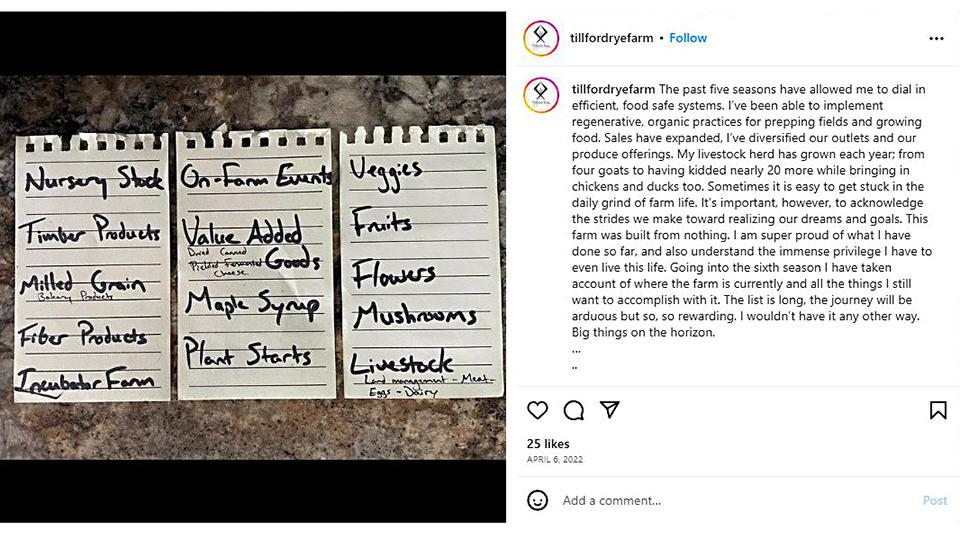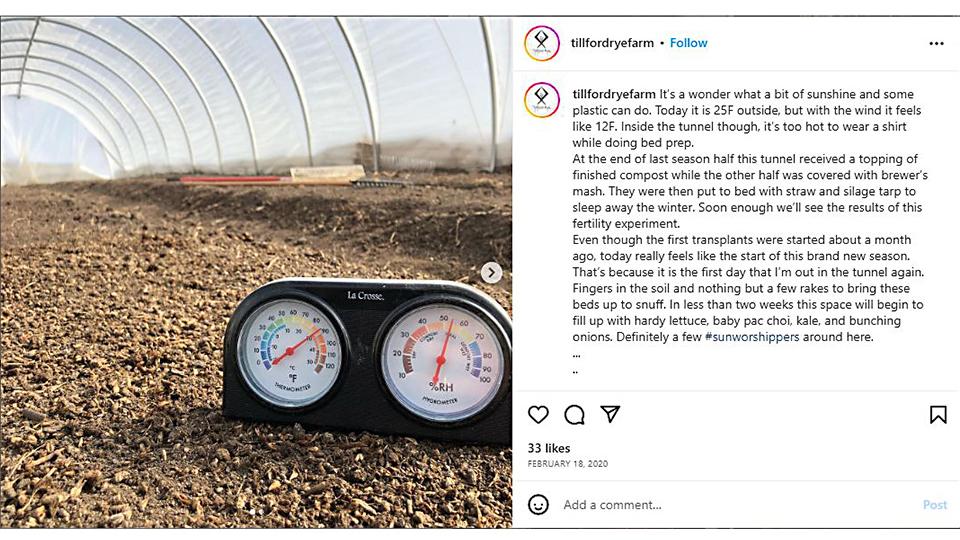Finding Ways To Attract More Young Growers to the Vegetable Industry
A few years ago, I was riding with the farm manager of a large vegetable ranch through its many locations and fields. He’d stop and introduce me to irrigation crew leads, harvest managers, and so on. In between those introductions, he’d talk about how worried he was about his aging workforce.
He had fantastic workers, but their average age was 55. How would the operation get by in 10 years when these workers begin retiring?
It’s a worry shared by most in our industry. How do we turn that tide?
Reading about Jeremy Nelson, who graces American Vegetable Grower’s cover this month, I reflected on what it takes for someone under 40 to be drawn to farming.
Expert advice on attracting young workers falls into a few categories: appeal to their lifestyles; make sure your recruiting methods match their job-seeking methods; and show how your company improves the world.
Respect for Rose-Colored Glasses
Like Jeremy, most of the young growers I’ve met are a mix of idealism and pragmatism. Some older vegetable farmers I know can scoff at the idealism part. But I think that’s shortsighted.
Farming isn’t easy. Nor does it promise riches for those who pursue it. So what do we have to offer? Being closer to nature. Feeding our neighbors. The satisfaction of harvesting a crop well grown.
Notice that all of those are emotional reasons. That means those we attract are all passionate.
If we want to keep our idealistic colleagues and keep our industry strong, we need to find a way to support their passion. To continue moving the industry in an ecologically sound direction. To find ways to meet quotas and make a difference in our communities. To leave behind as small a footprint as possible.
Find a Way to Connect
You may already be on board with sustainable farming. But that doesn’t matter if you don’t find a way to get the message to future recruits.
That’s why so many forward-thinking growers work closely with local schools and colleges. Field trips for the young, internships for older recruits.
One thing I don’t hear about as much is building a contact list for those students after they leave the farm. Share photos, interesting facts, and lifestyle insights through Instagram or whichever social media platform the students like.
Just as you cultivate your crops over time, find ways to tend to future growers you and your peers can recruit when the time is right.
Do you have any ideas that would attract more young folks to the vegetable industry? Feel free to leave a reader comment in the section at the bottom of this article.
Oh, One More Thing
Tillford Rye Farm, Jeremy Nelson’s farm, has a strong Instagram following. Here are a few of the photos and messages he’s used to connect with his customers. Notice Nelson doesn’t dumb down any of his comments for non-farmers.

Goals
“Going into the sixth season I have taken account of where the farm is currently and all the things I still want to accomplish with it. The list is long, the journey will be arduous but so, so rewarding. I wouldn’t have it any other way. Big things on the horizon.”

High Tunnels
“This tunnel was sown with cover crops at the end of last summer. We also took the plastic off to capture any precipitation that would help wash the soil of built-up salts.”

How Growing Methods Work
“It’s a wonder what a bit of sunshine and some plastic can do. Today it is 25°F outside, but with the wind it feels like 12°F. Inside the tunnel though, it’s too hot to wear a shirt while doing bed prep.”









